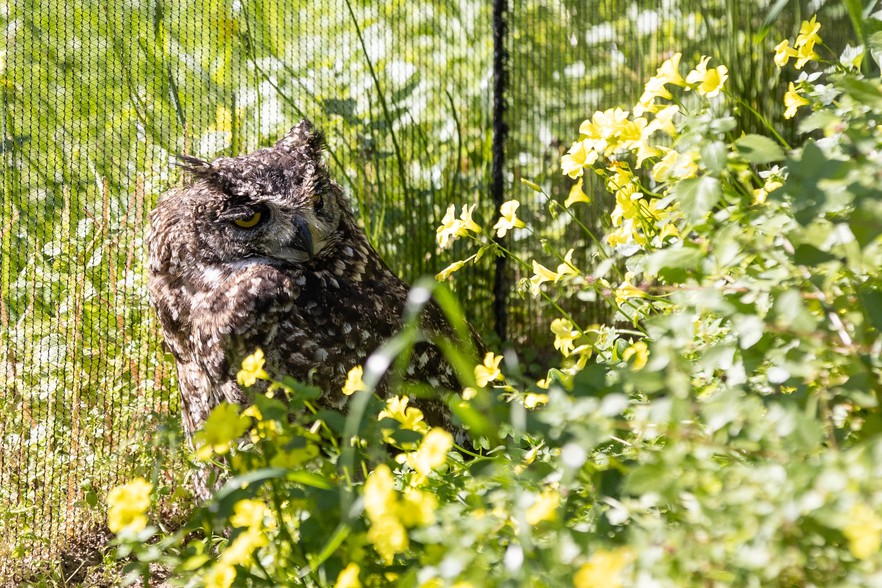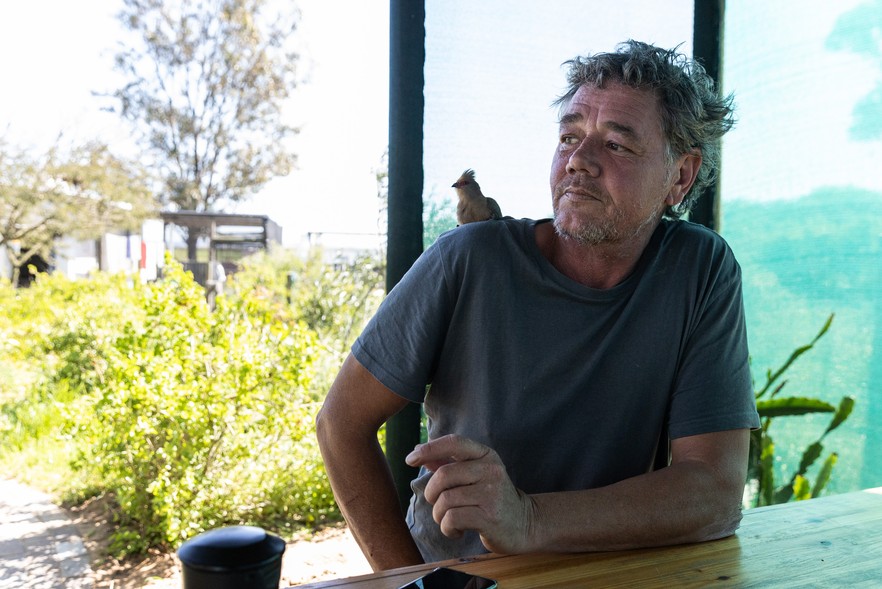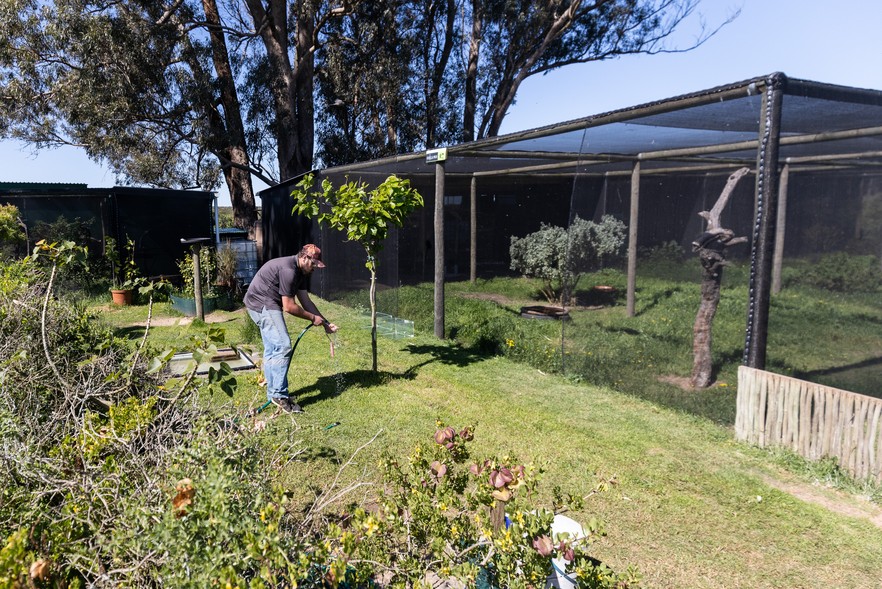Thousands of birds rescued by West Coast owl orphanage
The birds of prey rehabilitation centre in Velddrif has gone from strength to strength but challenges remain
The orphanage rehabilitates birds of prey and other animals, including barn owls, sparrowhawks, booted eagles, waterfowl, buzzards, tortoises and small deer, such as grysbok and steenbok. Photos: Ashraf Hendricks
“The nice part about what we do is the day that we actually release a bird,” says Jacques Nel, the founder of the Owl Orphanage Rehabilitation Centre. Situated in Velddrif alongside the Berg River, the owl orphanage is the only rehabilitation centre of its kind on the West Coast.
The centre relies on the SPCA and other vets to assist with rescues and assessments. If there is any chance of recovery, “they come to us”, says Nel. The main goal is to release animals back into the wild.
He has witnessed unspeakable cruelty to animals, and “80% of the time you do sad things”, says Nel.
“There’s so much cruelty out there. No respect for wildlife … Just shoot it. Just poison it. Just kill it,” he says.
A big issue for birds is poison ingested when eating rodents. Other problems include the muti market, the illegal wildlife trade and snares.
Nel started the Owl Orphanage in 2018 in St Helena Bay. Originally, he planned to only focus on owls, but the need to assist other wild animals soon became clear. “There was nobody else on the West Coast,” he says.
His first rescue was a spotted eagle owl hit by a vehicle during the Christmas season. It took about two months to recover but was released back into the wild.
Nel is totally dedicated to the centre and its work. He doesn’t put his phone on silent at night as he often gets calls in the early hours, weekends and public holidays included.
Jacques Nel, founder of the Owl Orphanage in Velddrif, with a red-faced mousebird on his shoulder.
In 2022 the centre relocated to larger premises on a farm in Velddrif. They now work with barn owls, sparrowhawks, booted eagles, waterfowl, buzzards, tortoises and small deer, such as grysbok and steenbok. In the past year, they’ve rehabilitated over 480 birds of prey. Nel says that since starting they’ve possibly rehabilitated over “2000 birds” but its hard to know an exact number.
Nel runs the Owl Orphanage with two staff members. Running costs are about R64,000 a month. The biggest expense is food, including seeds, grains and mice. Frozen mice cost between R10 and R13 each, and an owl can eat four every night. During peak season, the mouse bill for one month can be R24,000.
The centre relies on private funding, most of it from a single donor in the United Kingdom. “If it wasn’t for him, we would have had to close our doors,” says Nel.
Local support is thin, as the centre is private and day visitors are not allowed. This is to protect the animals from undue stress.
“Stress is the number one killer,” says Nel. This place is for “the wellbeing of these animals, not for people or shows or making money out of them”.
Looking ahead, Nel says that the facility is growing in its “own direction” and they have started to take in blue cranes. They are looking at expanding.
The centre needs money and materials, such as shade cloth, wood and poles.
He says that they are working on community “talkathons” with other wildlife organisations on the West Coast. These will be to educate the public on wildlife.
“It’s the only way we’re going to try and make an impact saving animals before there is a need for them to come to a place like ours,” he says.
The rehabilitation centre is not open to visitors as the animals need a relaxing environment and as little human contact as possible.
Support independent journalism
Donate using Payfast

Next: R2,000 unconditional grant improves lives, KZN study finds
Previous: How climate change threatens South Africa’s wine industry
© 2024 GroundUp. This article is licensed under a Creative Commons Attribution-NoDerivatives 4.0 International License.
You may republish this article, so long as you credit the authors and GroundUp, and do not change the text. Please include a link back to the original article.
We put an invisible pixel in the article so that we can count traffic to republishers. All analytics tools are solely on our servers. We do not give our logs to any third party. Logs are deleted after two weeks. We do not use any IP address identifying information except to count regional traffic. We are solely interested in counting hits, not tracking users. If you republish, please do not delete the invisible pixel.



